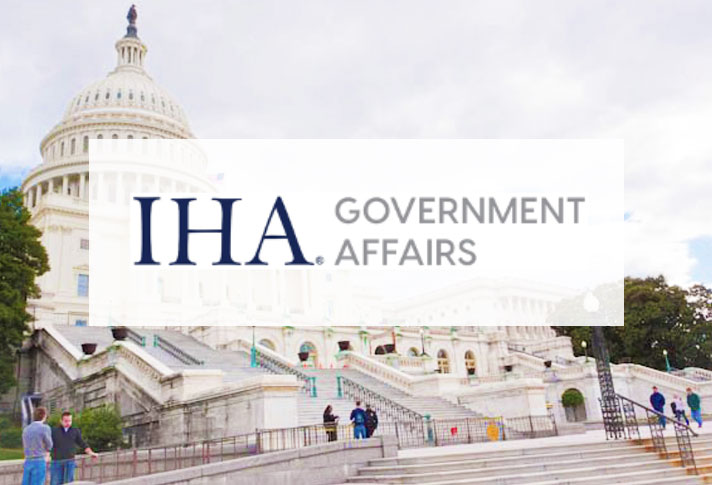Three summer 2024 decisions from the Supreme Court of the United States (SCOTUS) will have a major impact on administrative law. SCOTUS repealed Chevron deference in Loper Bright v. Raimondo; extended the statute of limitations to challenge a rule in Corner Post v. Board of Governors; and limited agencies’ administrative law courts while upholding the right to a jury trial in SEC v. Jarkesy. All three decisions will help curtail federal agencies’ reach over IHA member companies.
Chevron deference is from the 1984 Chevron v. NRDC decision where SCOTUS ruled the courts must give deference to federal agency interpretations of statutes they enforce. By repealing Chevron, SCOTUS acknowledged it gave too much authority to agencies to expand their reach.
Following Chevron’s repeal, House Republicans directed federal agencies to review regulations that could be affected by the decision. Committee chairs sent 150 letters to the Dept. of Labor (DOL), EPA, Securities and Exchange Commission (SEC), Dept. of Justice (DOJ), and other agencies, requesting lists of regulations that were challenged in court but upheld based on Chevron deference. Notably, it’s possible DOJ will have to list the presumed authority of the Americans with Disabilities Act (ADA) over commercial websites despite no such language in the statute.
The Senate HELP Committee’s top Republican, Sen. Bill Cassidy (R-LA), also wrote to DOL and the National Labor Relations Board (NLRB) asking them how they plan to comply with Chevron’s repeal. His letters cite rules he believes fall outside of their authority such as OSHA’s “worker walkaround” rule and the NLRB’s joint-employer rule. OSHA’s proposed new rule to prevent heat illness and injuries could be blocked by Chevron’s repeal, too.
The Corner Post decision extends the timeframe in which courts can review agency rules under the Administrative Procedure Act (APA). The APA doesn’t contain a statute of limitations so courts have applied a six-year limit to bring civil lawsuits against federal agency rules under a section of the law governing judicial procedure.
Corner Post clarifies that the six-year limit for a legal challenge to a final rule doesn’t start until the plaintiff is injured by the rule rather than when the rule is made final even if six years elapsed from that date. This decision makes new challenges to old rules possible and, when combined with Chevron’s repeal, increases the likelihood of a regulated entity successfully challenging an agency’s action.
In the SEC v. Jarkesy decision, SCOTUS found that when the SEC seeks civil penalties against a defendant, the defendant is entitled to a jury trial in federal court. This decision applies to the SEC but calls into question whether any federal agency can bring in-house proceedings to enforce civil penalties.
Over 55 agencies run their own in-house court system called administrative law courts (ALCs), which are separate from the judicial branch and where defendants have fewer rights. The government wins about 90% of the time in ALCs compared to about 60% in regular courts, perhaps because agencies choose ALC judges, pay their salaries, and set the rules for procedure and evidence.
Jarkesy left intact the ALC system, but its implications are considerable and reportedly SpaceX has appealed an NLRB ALC ruling that went against it based on the Jarkesy decision. Legal challenges to the entire ALC system are anticipated and there could be congressional action addressing ALCs, too.



